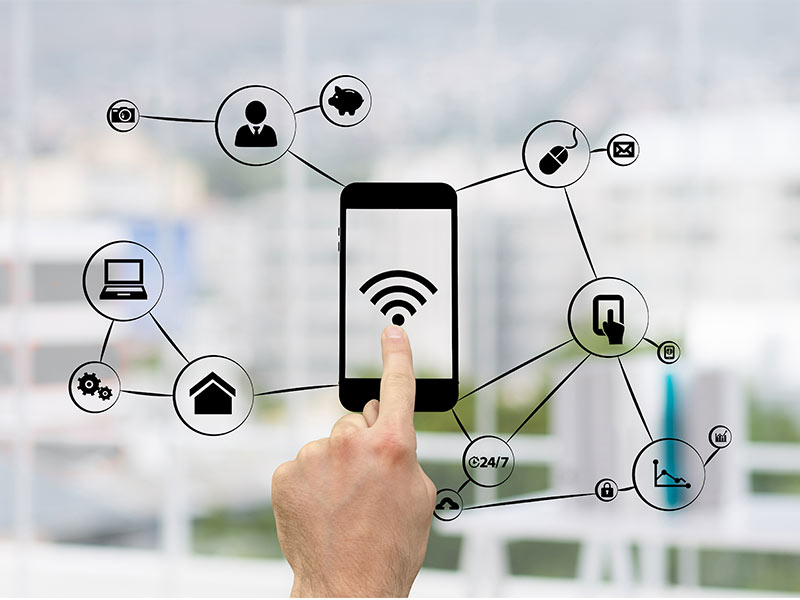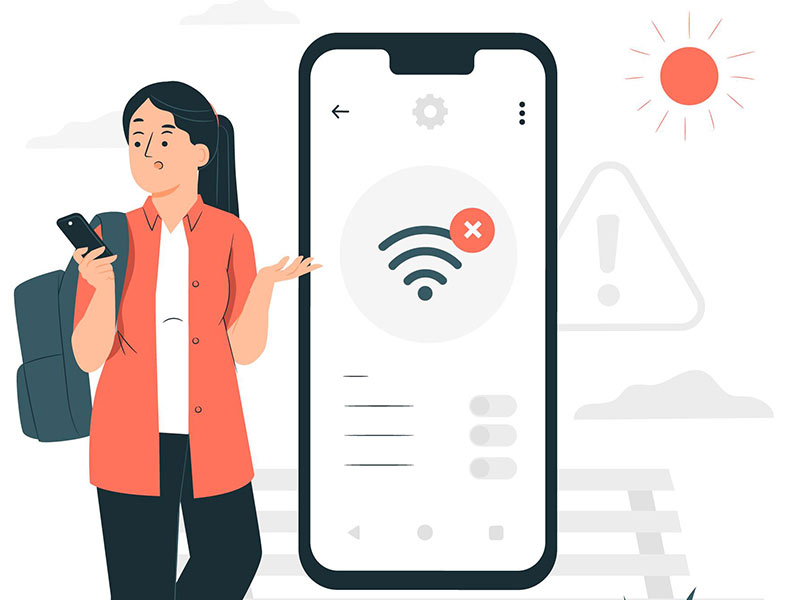Welcome to Cellnet
Overcoming the Challenge of Poor Mobile Signal in New Buildings
Overcoming the Challenge of Poor Mobile Signal in New Buildings
In recent years, the evolution of construction methods has led to the rise of new buildings boasting impressive insulation materials. These innovations enhance energy efficiency and comfort. However, they inadvertently pose a challenge: poor mobile signal reception within these structures.
The increased use of thick insulation materials helps to reflect heat. But they unintentionally obstruct mobile signals from penetrating buildings as well.
1. Mobile signal obstruction – The basics
Modern buildings are designed to be more airtight and energy-efficient, utilizing materials that inhibit radiofrequency (RF) signals, impacting mobile connectivity. This phenomenon, commonly known as the “Faraday Cage Effect,” creates an environment where mobile signals struggle to penetrate the building’s walls.
The thicker and denser the insulation, the more likely it is to impede mobile signal transmission. Materials like metalized films, aluminum-backed foam boards, and certain types of glass act as effective barriers. They are known to unintentionally block incoming and outgoing mobile signals.

2. What is the impact?
The implications of this issue are apparent. You may experience dropped calls or poor voice quality. You may also face sluggish data speeds, and sometimes complete signal loss within these well-insulated spaces.
As a result, residents, businesses, and tenants often find themselves inconvenienced by the lack of reliable mobile connectivity in these new constructions.

3. What is the solution?
Addressing this challenge requires innovative solutions. Mobile service providers are working on advanced technologies and amplification systems that can penetrate these well-insulated structures.
Some viable solutions to ensure uninterrupted mobile connectivity include the below.

- Signal Boosters and Repeaters: Amplification devices like signal boosters or cellular repeaters can enhance the existing mobile signals within buildings. These devices capture the outdoor signal, amplify it, and then retransmit it indoors. this eliminates problems of lack of signal when sending or receiving calls.
- Distributed Antenna Systems (DAS): DAS setups consist of antennas installed strategically within buildings. This type of a configuration helps to distribute enhanced signal coverage evenly across various areas. The result of this setup is that it ensures consistent connectivity.
- VoIP Services: You can also think about utilizing VoIP services. They enable making calls or sending texts over Wi-Fi networks. As a result, you can bypass cellular signals altogether and still get your work done in receiving and making calls or SMSes.
Our parting thoughts
Connect with us at Cellnet for better mobile coverage. Thick insulation in new buildings definitely poses a challenge to mobile signal reception. But ongoing technological advancements and innovative solutions offer hope for better mobile services in such types of buildings. They facilitate consistent and robust connectivity within these modern structures.
